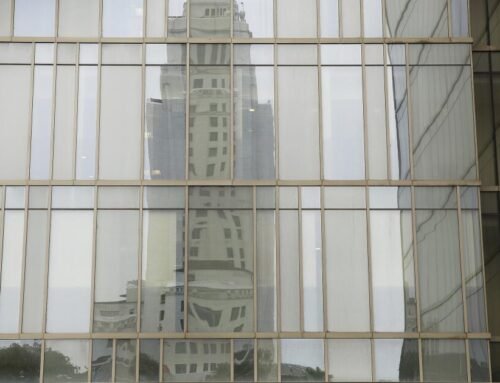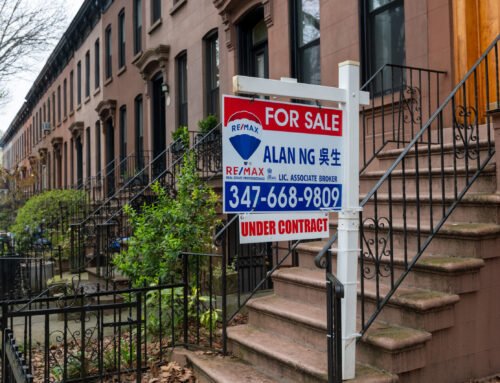
Regional equity — a fancy phrase for fairness — was a major theme during the RTD board meeting Tuesday, as the agency’s directors tried to figure out how to move the long-awaited commuter train connecting Denver to Longmont from an idea on paper to wheels on tracks.
Director Shelley Cook said there’s no mystery about where most of RTD’s rail lines have been installed in the last 15 years — “the majority of service has gone to the south” — leaving a significant swath of the metro area north of Interstate 70 without a train.
The centerpiece for missing rail in metro Denver is the Northwest Rail line, a 41-mile corridor that would connect Boulder and Longmont to Union Station in Denver. RTD projects the line will cost $1.5 billion to build and that new funding will need to be found if the corridor has any hope of being completed before the midway point in this century.
The train to Boulder County was the main topic of discussion Tuesday, as the RTD board dissected a recently issued staff report that aims at getting FasTracks, the transit system approved by voters in 2004, completed as soon as possible. The Northwest Rail line would essentially be an extension of the 6.2-mile B-Line to Westminster, which opened in July 2016. But getting those additional 35 miles of track into operation has been a nettlesome challenge for the better part of the last decade.
“It’s been seen almost as this thing we cannot do,” Director Judy Lubow , who represents Longmont, said of the Northwest Rail corridor.
That’s why, she said, every creative form of financing must be looked at, including asking voters to mull funding for the train line as part of a larger transportation initiative at the ballot box rather than putting forward an RTD-only tax ask. That could be a heavy lift, given Colorado voters’ rejection of twin transportation funding initiatives last November.
RTD says it has completed 75 percent of the FasTracks system, which at buildout will provide 122 miles of light rail and commuter rail tracks, 18 miles of bus rapid transit, and 57 new transit stations in metro Denver. Originally budgeted at $4.7 billion, the network has run up a bill exceeding $5.6 billion — primarily because of higher-than-expected construction costs and lower-than-projected sales tax revenues following the Great Recession of 2008-09.
RTD staff on Tuesday laid out three rough scenarios to get the Northwest Rail line and the other unfinished lines in the FasTracks system — the N-Line extension to Colorado 7, the Southwest Extension, and the Central Rail extension downtown — completed. The common theme across the four projects: more money means a shorter timeline.
The first scenario works under the assumption that there is neither funding nor an ability to bond for additional money. In that case, Northwest Rail would not be built before 2050. If prioritized before the other competing FasTracks projects, a train to Longmont could open by 2042 but only with a limited rush-hour service consisting of several morning and evening trains.
The second scenario envisions a bond-raising election being held no later than 2032. If a measure is approved by voters in the eight-county RTD area and the non-Northwest Rail projects are tackled first, full-service trains to Longmont wouldn’t debut until after 2050. If only rush-hour service — dubbed peak service by RTD — is contemplated for Northwest Rail, the launch date for the line could move up to 2042. But that would delay the other three FasTracks corridors to a 2049 opening.
The best case funding scenario would assume passage at the ballot box of a bond and a sales and use tax increase measure in 2021. Were that to happen, RTD says full-service Northwest Rail could debut anywhere between 2032 to 2039.
Louisville Mayor Bob Muckle, who has long been a vocal critic of the Northwest Rail delay, said he doesn’t think voters will approve more taxes for RTD. The agency is already supported by a 1 percent sales tax.
“I think a tax increase is probably unrealistic,” he said. “There are so many people who are going to say, ‘We are already paying taxes and we don’t want to pay more.’ “
According to RTD data, taxpayers in Boulder County have paid through the end of last year approximately $220 million in sales taxes for FasTracks since the system was created. Longmont Mayor Brian Bagley said residents in his city alone have contributed more than $60 million since FasTracks debuted nearly 15 years ago.
“Since 2004, every year we pay FasTracks taxes of $4.5 million and we’ve got nothing for it,” the mayor said.
He would like to see RTD commit to at least providing peak rush hour service on the Northwest Rail line, which he said could start relatively soon. All that would be required is a rail-sharing arrangement with BNSF, which owns the tracks along the 41-mile corridor on which RTD’s trains would roll. RTD projects that the cost of getting peak service up and running between Longmont and Denver is $708 million, half of the cost of providing full service along that corridor.
“The tracks are there,” Bagley said. “If peak rail is a successful experiment, the funding and interest from RTD and the communities for more will follow.”
RTD did launch bus rapid transit service in 2016 under the Flatiron Flyer brand, in which buses use the express lane on U.S. 36 to avoid getting stuck in traffic. The Flatiron Flyer service, which connects Boulder to Union Station, is part of FasTracks.
But it’s not a train, Bagley points out, and it doesn’t go as far as Longmont. He said just as transportation planners don’t let rural roads disintegrate while only funding urban thoroughfares, RTD should take the same approach with FasTracks.
“Stop putting our dollars in Denver and start putting them on the edges of FasTracks,” he said. “Give us what the voters approved.”
In April, RTD passed a resolution committing the agency to completing FasTracks and exploring the start of peak commuter rail service to Longmont.






Leave A Comment